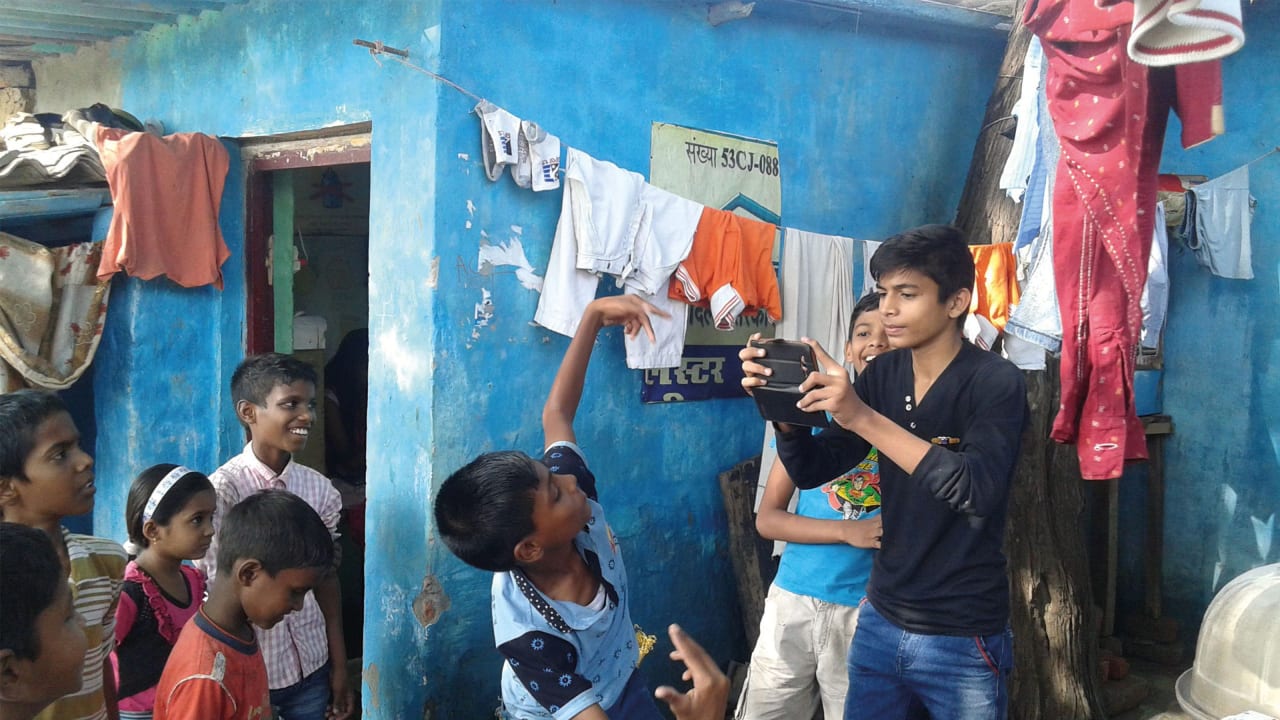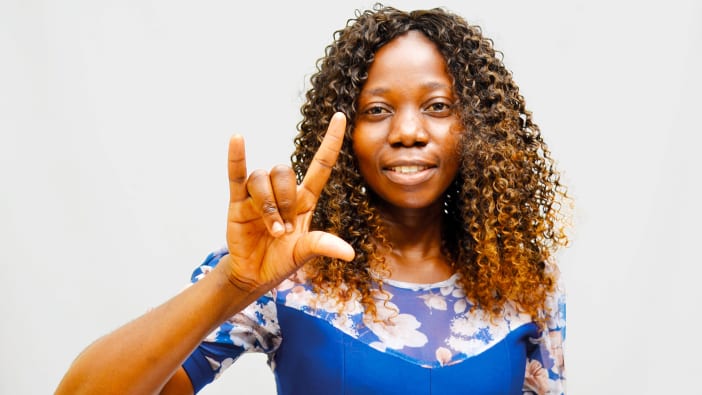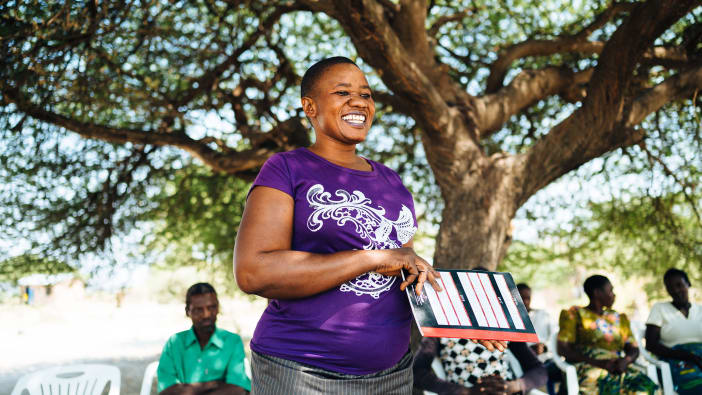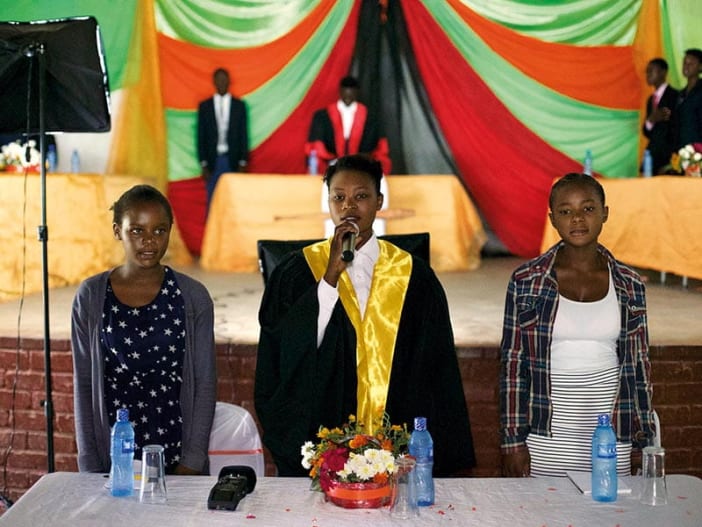Participatory video is when a group or community work together to plan and create their own films. The process helps them to explore issues, tell stories, express concerns and advocate for change.
Participatory video can:
- inspire communities to take action based on what they discover and discuss during the video production process
- help communities to communicate their needs and ideas to others, including local decision-makers
- be used to share learning between communities
- help communities reflect on the impact and effectiveness of their activities and projects.
Collective filmmaking
Here are some tips for community groups creating their own participatory videos.
- Start with simple filming activities so everyone gets used to the camera. The best way to learn is by experimenting, trying new things and having fun together!
- Work together to develop an outline of the story you hope to tell or the issues you want to cover. This plan may change, but it will be a good guide to the conversations that you want to have.
- As well as filming people, make sure you film the surrounding area to provide context. For example, the entrance to the community, fields, houses, shops and street scenes.
- Always ask for permission before filming people outside your group, even if you know them well.
- If you are using mobile phones to film, hold them horizontally (longest side down) rather than vertically (shortest side down).
- Make sure that the sound quality is good if you are recording people speaking, singing or playing musical instruments etc. If it is windy, this can distort the sound. Use an external microphone if possible.
- Once you have a first draft of your video, show it to the wider community so they can ask questions and make suggestions.
- Use these suggestions to help you complete your video. Make sure that everyone involved has a chance to see it before you share it with anyone outside your community.
Instead of videos, a series of photographs can also be used to tell a story or stimulate discussion about an issue. This may be an easier approach in some communities.












